Human resource analytics is a pivotal strategy to escalate workforce performance and business results. Most HR professionals are like-minded about employee data analytics and insights for effective human resource management.
Handling a massive information set is challenging for any employment recruiting and management staff at large-scale businesses. They must collect, access, and visualize realistic insights to improve their decision-making for talent acquisition, employee retention, and overall team productivity.
According to a recent study, the HR analytics market holds the most significant investment share of around 57.9% of the large enterprise segment.
Want to be more productive & precise with your recruitment and employee-related decisions? Give us a moment to take you through this blog to learn how data analytics in HR can make a difference in your business.
Table of Contents:
What is Human Resource Analytics?
Let's first define what HR analytics is.
HR analytics is synonymous with people, talent, and workforce analytics. All these terms relate to gathering, analyzing, and reporting HR big data for making informed decisions.
Whether it's about acquiring new talents or retaining the existing ones, human resource analytics help professionals get the right people on board and contribute to business growth.
Using data analytics in HR is vital for any human resource team at an organization, recruitment consultancy, or individual headhunter using advanced people management software.
Recommended Reading:
Types of Data Analytics in HR
No wonder human resource professionals are no longer relying on assumptions. They prefer to use data-driven reports to sort out the best fit for the company and fill out the open positions.
The advantage of predictive analytics for risk management is that it empowers HRs to analyze and reduce work inefficiency rates.
Need more clarity on how to implement people analytics in your business? There are four types of HR analytics techniques that you should know to go ahead with the right approach.
Descriptive Analytics
It all begins with descriptive analysis when HRs analyze data patterns and get data insights from the past.
It's a basic yet one of the crucial aspects of data analytics in human resource management.
Descriptive analytics, also called decision analytics, depends on statistical analysis methods to refine and interpret historical data. Human resource staff can consider this type of data analytics technique to determine past events without making future forecasts.
Here are the ways HRs use descriptive analytics:
-
Identifying inconsistencies in the process and scope of improvements.
-
Collecting and using numerical data with the best benefits of enterprise business intelligence.
-
Tracking and comparing variations in behavioral patterns over time.
-
Determining strengths and weaknesses of the individual resource.
The best HR data analytics example for this category is tracking individual paid leaves of an employee in a year and the overall turnover of the company and teams.
Diagnostic Analytics
Businesses that desire to go beyond identifying what has happened in the past can switch to diagnostic analytics for HR management.
Almost every HR analyst recommends conducting this process for effective enterprise data management dedicated to the company's human resources and staffing. It will be helpful in the following:
-
Understanding and defining what has been revealed in the first stage of descriptive analytics.
-
Getting clarity over the underlying reasons behind the issues identified from historical data.
-
Analyzing inputs derived from descriptive analysis and relating them together using various techniques.
Diagnostic analytics is more about- why did it happen? While descriptive human resource analytics type is meant for- what has happened?'.
The goal behind diagnostic analytics is to help HRs interpret the data derived from the past. A company's human resource team can opt for big data implementation with diagnostic analytics to:
-
Monitor and reduce employee absenteeism.
-
Enhance the company's culture for employee engagement.
Predictive Analytics
For HRs, predictive analytics is a way to anticipate the outcomes of any process based on past and present data. The advantage of predictive analytics in HR are:
-
Easy categorization of various data patterns and analysis of inconsistencies, respectively.
-
A thorough analysis of employee retention rates, productivity, work experience, and job skills to make precise predictions.
-
More efficiency in recruitment and employee engagement strategies.
Predictive analytics is a game-changer for human resources and industries such as healthcare, manufacturing, marketing, and supply chain.
Recommended Reading:
Prescriptive Analytics
This type of human resource analytics is the final and decisive step of data-driven people analysis and management.
With prescriptive analytics, HRs can outline an action plan based on the predictions defined in the last process. It will involve accurate decision-making to eliminate the risks or challenges arising in the future.
The power of prescriptive analytics will equip HRs to:
-
Make informed decisions in the recruitment process and fix impending issues.
-
Predict what will happen next and control or eliminate the risks that may appear in the coming time.
Use big data management techniques with HR analytics tools and technologies like algorithms, Artificial Intelligence, Machine Learning, and pattern identifiers.
Still wondering how data analytics and insights can enhance your business results?
View our case studiesMajor Applications of HR Analytics in a Business
The benefits of human resource analytics have transformed the traditional methods of recruiting and retaining people at a company.
The benefits of human resource analytics have changed the manual methods of recruiting and retaining people at a company.
HR leaders are shifting to advanced data and business analytics solutions to achieve workplace excellence and maximum profitability.
Upon noting the potential people analytics use cases, organizations observe these significant advantages of investing in HR analytics and management software:
More Efficient Talent Acquisition
Company recruiters may take 27 business days to close an open job position. Moreover, the best candidates will get hired within ten days of the job search.
Finding the right fit for any organization is a big struggle for recruiters. But despite that, most of them manage to do it with human resource analytics and BI solutions.
HR analytics uses the power of big data analytics trends to help recruiters meet the right people with the correct set of skills needed for a job role. It assures them of the high performance of individuals employed within a company, resulting in an improved talent acquisition process.
Strategic Workforce Planning
Data analytics in HR allows recruiters to seek the right talent outside the company and helps them identify those who're working within.
Businesses can integrate intelligent data analytics with HR portals to shortlist the best-performing employees and strategize for their career development interests.
As a result, the benefits of HR analytics contribute to strategic workforce planning based on employee demographics, performance, and growth factors.
Betterment of Employee Experience
Excellent company culture will attract great talents to bring a business to new heights. It's only possible when employees feel secure and satisfied while participating in the workforce.
Besides these, many other factors influence employee experience regarding attendance, leaves, productivity, engagement, growth, and more.
With human resource analytics, organizations conduct sentiment analysis or surveys to determine how likely they will recommend their brand to others. Such insights will help HR administrators to organize engaging sessions for work-life balance, skill training, etc.
Streamlined Workforce Training
Data analytics can add value to the professional growth and training of the workforce. It helps companies evaluate employees' expertise and suggest the ideal skillset they need to work on.
Advanced HR analytics tools and employee tracking apps collect data and identify areas where human resources need to upskill themselves. HRs find conducting practical workforce training for employee growth and satisfaction easier.
High Employee Retention Rates
30% of new hires leave an organization within three months of joining. No denying this is one of the serious concerns for any recruiter or talent acquisition department.
The fact says that retaining existing top talents is as important as acquiring new ones. Data analytics in human resource management is crucial in bringing real insights into employee retention rates.
-
Companies can leverage custom HR analytics solutions to know the following:
-
How can HRs improve their recruiting and onboarding process?
-
Why are employees leaving? Are they newly hired or existing ones?
-
Is your staff satisfied with their job roles, kind of work, company culture, and facilities?
-
What's the overall turnover rate of employees in the company?
Prevent Workforce Misconduct
Another significant use case of analytics in HR is identifying areas of potential misconduct. It goes well with your risk analysis and management needs and helps report common misconduct cases.
Optimized Allocation of Resources
The precise allocation of resources is the next benefit to discuss in HR analytics.
By doing so, HR managers can visualize how the staff utilizes the allocated resources and evaluate their costs accordingly.
Unified Employee Support
People analytics offers transparency in the employer and employee relationship.
Companies using cloud data analytics for human resource management can introduce a flexible support channel to the employees, where they can:
-
Connect with HRs,
-
Share their concerns,
-
Get direct updates.
Increased Business Growth
At last, human resource analytics can upscale business growth to a great extent by helping HRs retain a competent and valuable workforce for higher productivity.
Optimize Your Workplace Performance with Strategic HR Analytics at BluEnt
People analytics in HR uses machine learning algorithms to match the needs of ever-growing organizations.
At BluEnt, we're backed by certified and experienced industry experts in data engineering and business consulting. With over 20 years of market presence, our enterprise data management excellence is gathering recognition worldwide.
Our portfolio features more than 1100 projects with incredible success stories from 110+ clients. Our service areas cover other areas of big data management, big data analytics and insights, big data implementation, and predictive analytics.
Want to boost your HR procedures and management techniques? Use data-driven analytics and insights to reach your business goals. Get in touch straight away with us.
Frequently Asked Questions
What are the best HR analytics tools to use?
The following are the most preferred HR analytics tools used by businesses these days:
-
Sage HR to automate the HR process and get relevant insights.
-
Sisence to get data custom visualizations and analytical insights.
-
Orvgue to let HRs plan, manage, and analyze organization data at their fingertips.
How does human resource analytics work?
The process of data analytics in HR works in these three stages:
-
Data collection process from HR database.
-
Evaluation process with the help of the HR team and analysts.
-
Final implementation based on actionable insights and visualizations derived from the first two stages.


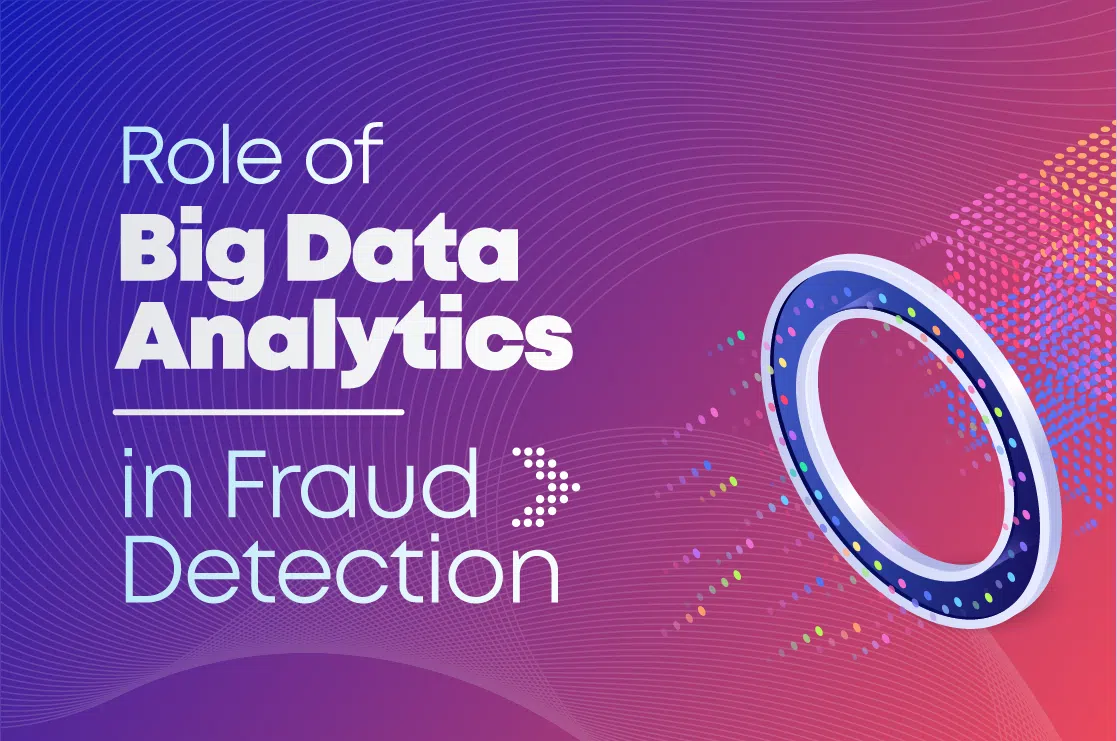
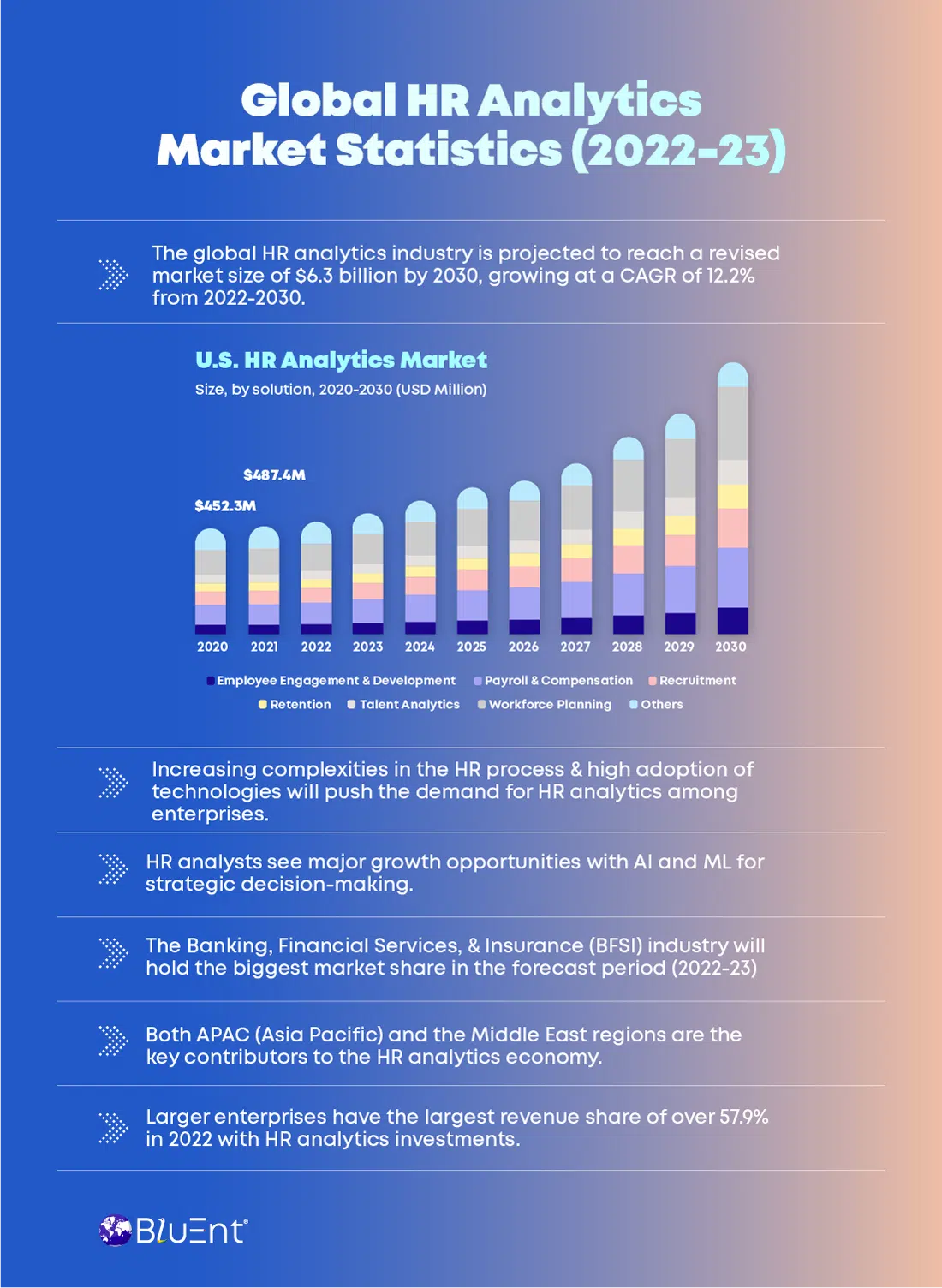
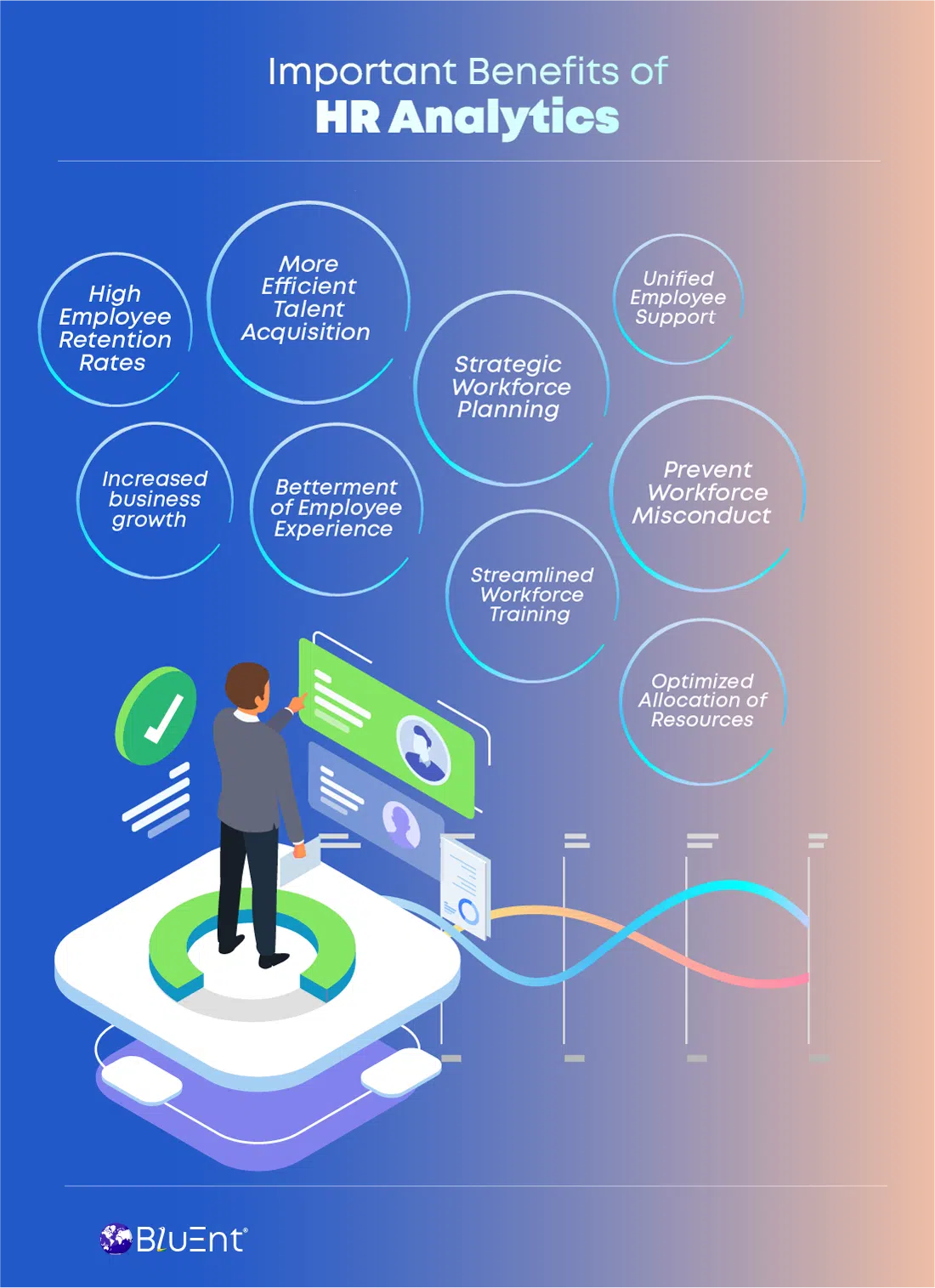
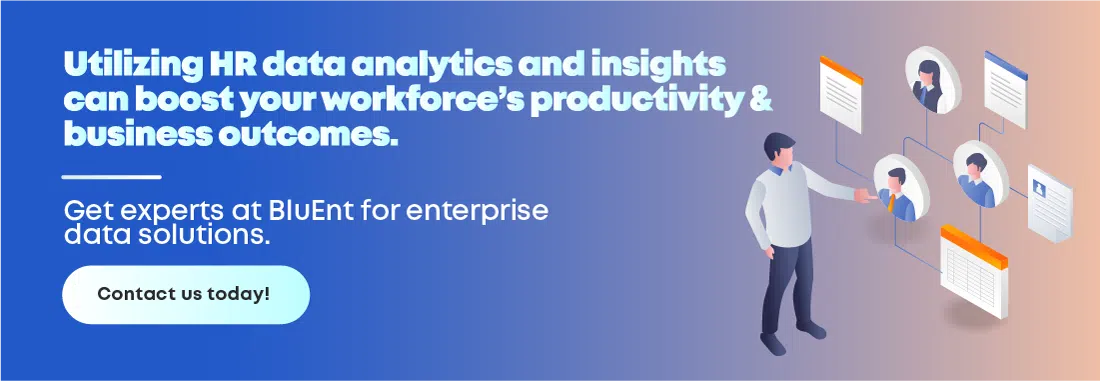
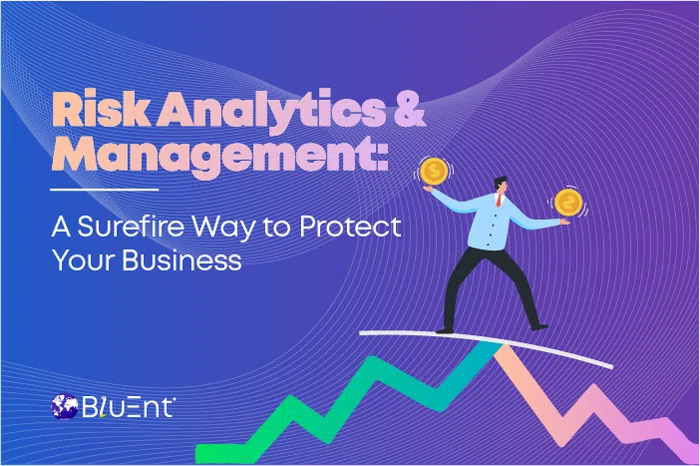 Risk Analysis & Management: A New Approach to Managing Business Uncertainty
Risk Analysis & Management: A New Approach to Managing Business Uncertainty 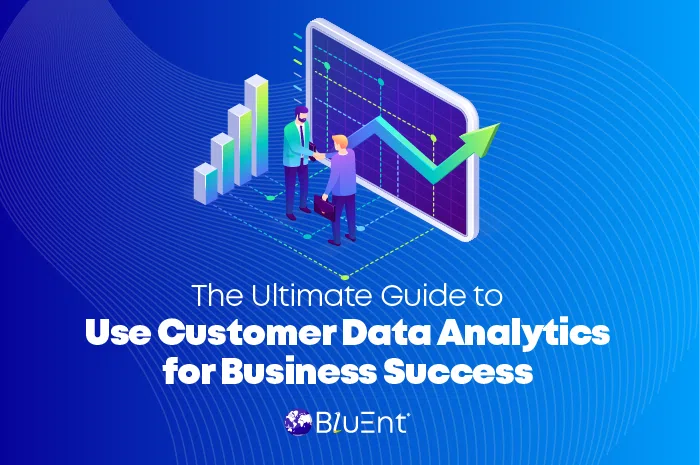 How to Use Customer Data Analytics to Drive Growth & Profitability
How to Use Customer Data Analytics to Drive Growth & Profitability 